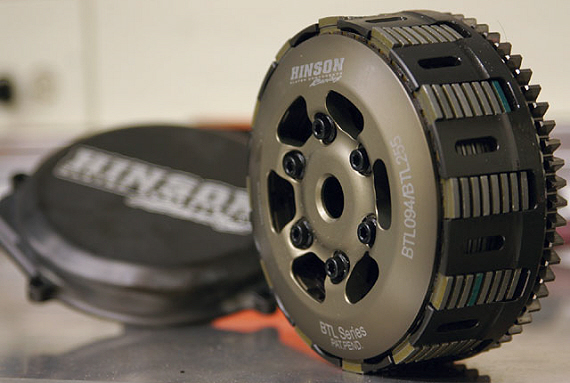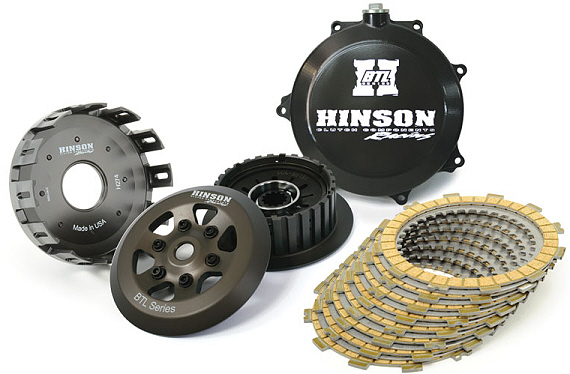Tech Center: Automatic & Slipper Clutches

A clutch is a clutch is a clutch right? Not exactly. When it comes to ATV clutches, you often hear the term auto and slipper. What’s what and what’s best for your needs? Read on to find out.
Automatic Clutch: Many ATVs came standard with automatic clutches back in the day and certain aftermarket clutch companies still offer them today. These work by automatically engaging the clutch once the RPMs drop below a certain range. This happens naturally anytime you ease off the throttle. Hence to shift, one simply let go of the throttle long enough to click the shifter up into the next gear (or down to the one prior) then got back on the gas.
This however should not be confused with an automatic transmission, which literally takes the human element out of the shifting process. An automatic clutch simply removes the need to manually engage and disengage the clutch to move through the gears or when idling in gear. An automatic clutch does not eliminate the need to shift gears, it just reduces the difficulty (precision required) in doing so. Many of today’s popular aftermarket units retain the option of using the clutch as a full manual (via the handlebar lever) is so desired.

Slipper Clutch: Similar on paper, a slipper clutch (like an automatic clutch) is designed to engage without human interaction at the lever but the means it accomplishes this is slightly different. A slipper clutch monitors fluctuations of RPM and torque to instantly engage the clutch upon rapid deceleration. Why would anyone want this? The short answer is to keep the suspension active even when the ATV is decelerating hard- like into a sharp corner. Because the clutch automatically engages in this scenario, the wheels don’t lock up and chain torque is no longer a factor on the rear end of the machine. Slipper clutches are very popular in freestyle and pavement applications (like supermoto and even dirt flat track- places where rear wheel hop can be a factor).
Now unlike an automatic clutch, a slipper isn’t a shortcut to shifting duty. Once the deceleration of the machine levels out, the clutch disengages like normal, which means it’s still the rider’s responsibility to yank the lever to shift or idle in gear.
